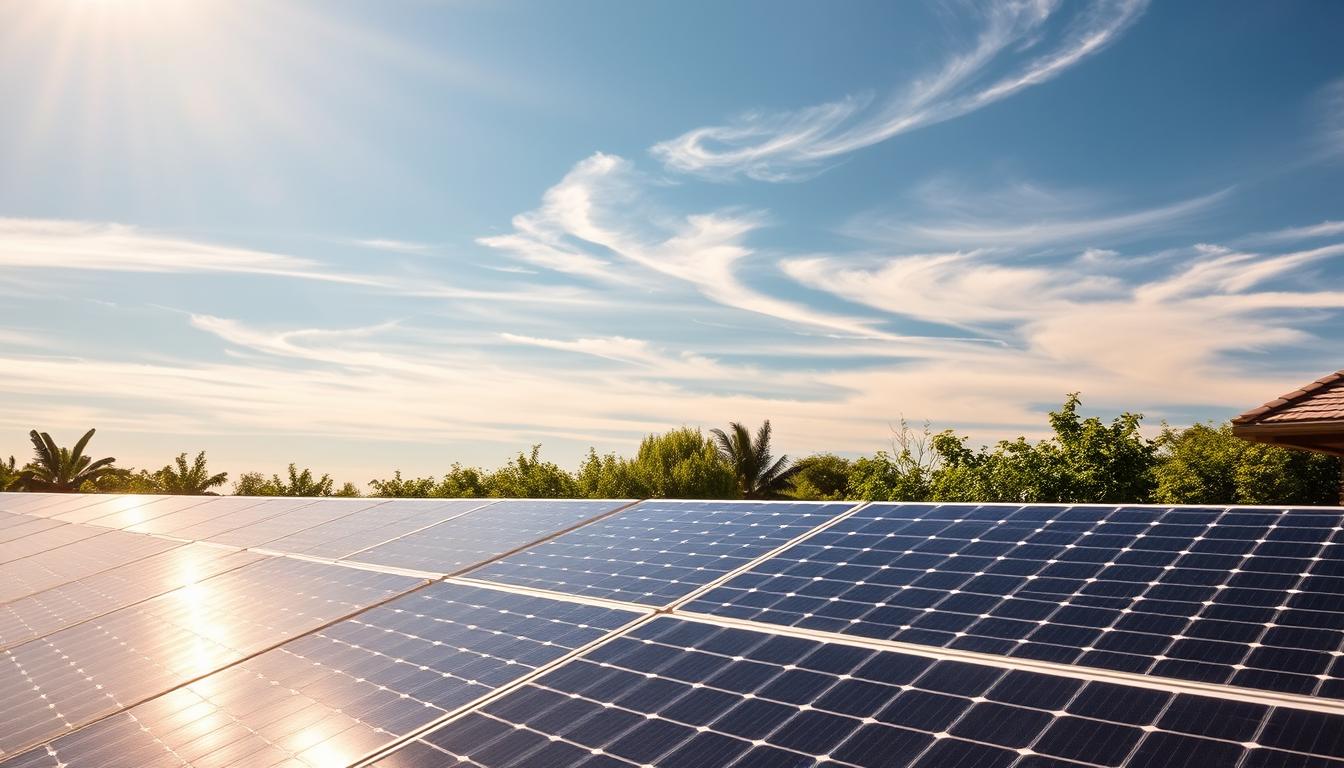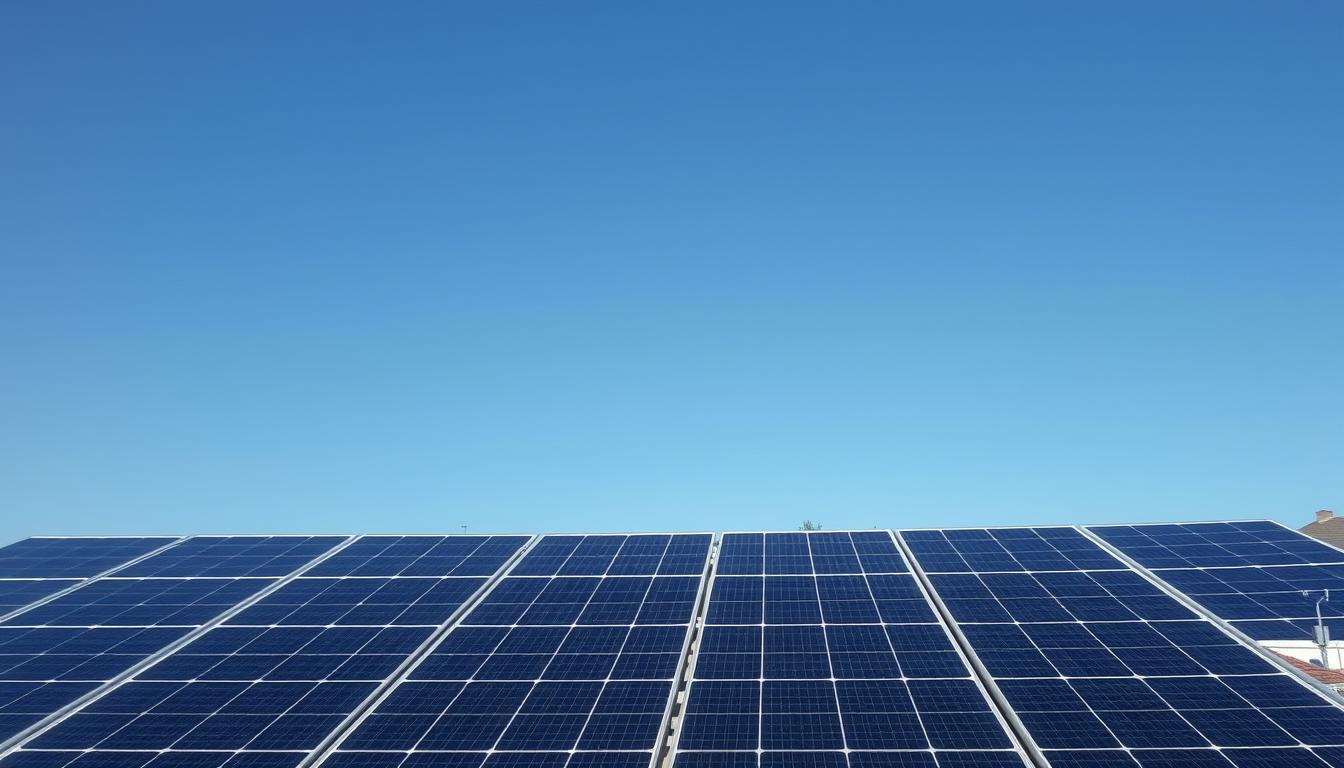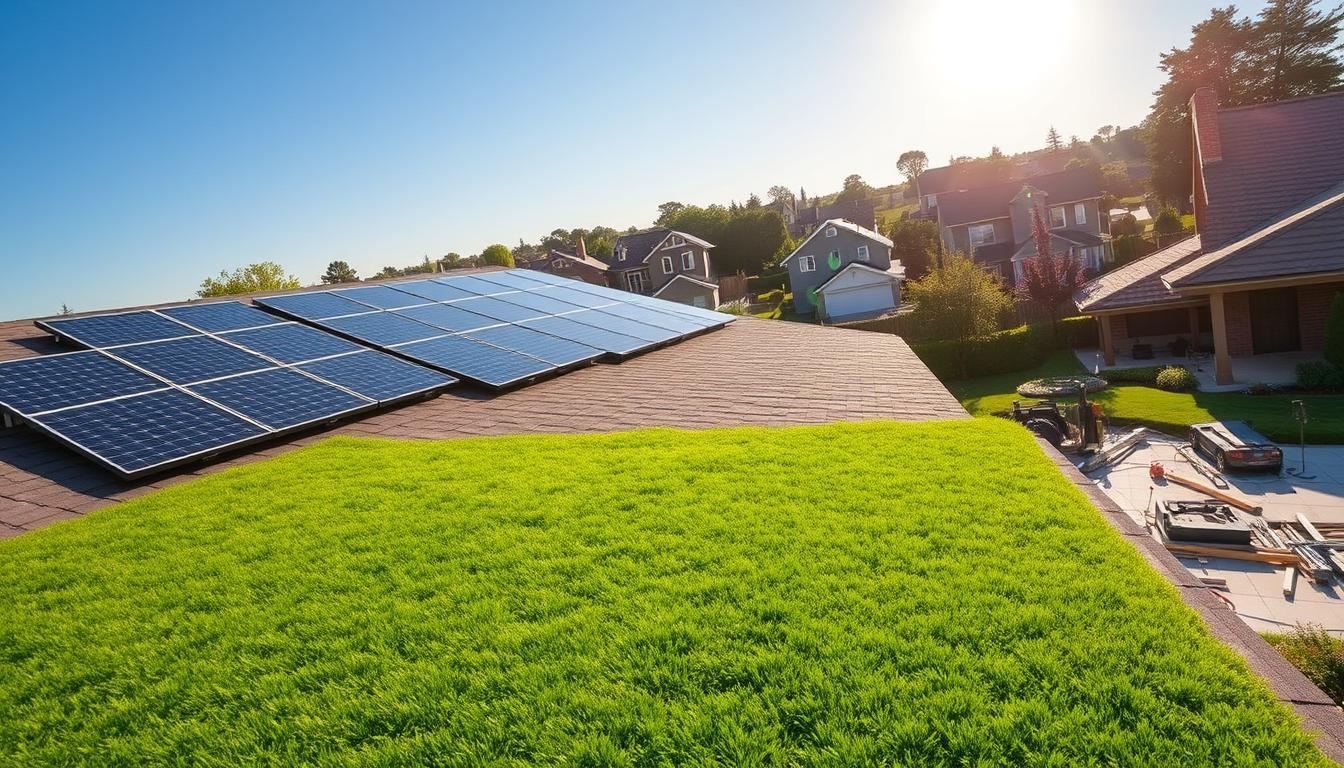If you’ve ever considered adding solar path lights to your outdoor space but found yourself hesitant due to installation concerns, look no further. This article tackles the question on everyone’s mind: just how easy are solar path lights to install? Whether you’re a DIY enthusiast or simply looking to enhance the ambiance of your garden, this piece will provide you with all the information you need to make the process a breeze. From step-by-step instructions to helpful tips and tricks, you’ll be illuminating your pathway in no time. So sit back, relax, and let’s shed some light on the subject!

Choosing the Right Solar Path Lights
When it comes to choosing the right solar path lights for your outdoor space, there are a few factors to consider. First and foremost, you’ll want to assess the amount of lighting you need. Are you looking for bright, functional lighting or a softer, ambient glow? This will help determine the type of solar path lights that are best suited for your needs. Additionally, consider the overall design and style of your outdoor area. Do you prefer a modern, sleek look or something more classic and traditional? By taking these factors into account, you can find solar path lights that not only provide the necessary illumination but also complement the aesthetic of your outdoor space.
Types of Solar Path Lights
There are several types of solar path lights available on the market, each with its own unique features and benefits. Traditional stake lights are the most common and affordable option. They consist of a light fixture attached to a stake that can be driven into the ground. These lights are easy to install and provide a soft, ambient glow. Another option is pathway lights, which are designed to line the edges of a pathway or walkway. These lights typically have a taller, more slender profile and provide a brighter, more focused light. Other types of solar path lights include lantern-style lights, spotlights, and decorative designs. Consider your specific lighting needs and the style of your outdoor space when choosing the right type of solar path lights for you.
Lighting Design and Style
Solar path lights not only provide functional lighting but also have the ability to enhance the overall design and style of your outdoor area. The design and style of the lights you choose can make a big impact on the aesthetics of your space. If you have a modern outdoor space, look for sleek, minimalistic designs with clean lines. For a more traditional or rustic look, consider lantern-style lights or lights with decorative accents. Pay attention to the materials used in the construction of the lights, as well. Stainless steel and glass are popular choices for a contemporary feel, while bronze or copper finishes can add a touch of elegance. By selecting solar path lights that align with your preferred design and style, you can create a cohesive and visually appealing outdoor space.
Preparing for Installation
Before installing your solar path lights, there are a few important steps you need to take to ensure a successful installation process. The first step is selecting the right location for your lights. Consider the areas in your outdoor space that could benefit from additional lighting, such as pathways, garden beds, or areas near seating areas. Next, check the availability of sunlight in the selected location. Solar path lights depend on solar energy to recharge their batteries, so it’s essential to choose a location that receives adequate sunlight throughout the day. Lastly, make sure to clean and maintain the installation area. Remove any debris, weeds, or obstructions that may interfere with the installation process or the performance of the lights.

Location Selection
Choosing the right location for your solar path lights is crucial for optimal performance. Look for areas in your outdoor space that require additional lighting, such as pathways or dark corners. Consider the overall layout of your outdoor area and how the lights will fit into the design. Additionally, ensure that the location receives enough sunlight throughout the day. Avoid areas that are heavily shaded by trees or structures, as this can restrict the amount of sunlight the solar panels receive. By selecting a location that meets all these criteria, you can ensure that your solar path lights will provide ample lighting and stay charged throughout the night.
Checking Sunlight Availability
Solar path lights rely on sunlight to recharge their batteries, so it’s important to assess the availability of sunlight in the selected location. Observe the selected area throughout the day and take note of any shadows or areas that receive limited sunlight. It’s best to choose a location that receives direct sunlight for at least six to eight hours a day. This will ensure that the solar panels have enough time to fully charge the batteries. If the selected area has limited sunlight, consider relocating the lights or looking for alternative lighting options that may better suit the lighting needs of that specific spot.
Cleaning and Maintenance
Cleaning and maintaining your solar path lights is essential for their longevity and optimal performance. Over time, dirt, debris, and dust can accumulate on the solar panels, reducing their efficiency. To keep your lights working efficiently, periodically clean the solar panels by wiping them with a damp cloth or sponge. Additionally, ensure that the light sensors are free from any obstruction, as this can affect the automatic on/off functionality of the lights. Regularly inspect the lights for any signs of damage or wear and tear, and replace any faulty components as needed. By taking the time to clean and maintain your solar path lights, you can enjoy their benefits for years to come.
Understanding Solar Path Light Components
To successfully install solar path lights, it’s important to understand the various components that make up these lights. Here are the key components you should be familiar with:
Solar Panel
The solar panel is perhaps the most crucial component of solar path lights. It harnesses sunlight and converts it into electrical energy to recharge the batteries. The size and efficiency of the solar panel will affect how quickly and effectively the lights recharge.
Battery
The battery stores the electrical energy generated by the solar panel during the day. This stored energy is then used to power the LED bulbs at night. It’s important to choose lights with high-quality batteries that have a sufficient capacity to provide adequate lighting throughout the night.
LED Bulbs
LED bulbs are the light source of solar path lights. They are energy-efficient, long-lasting, and provide a bright and focused light. LED bulbs come in various colors and intensities, allowing you to choose the type of lighting that best suits your needs.
Light Sensors
Light sensors are responsible for automatically turning the solar path lights on at dusk and off at dawn. They detect the ambient light levels and trigger the lights accordingly. This feature ensures that the lights operate efficiently and conserve energy.
Housing and Stake
The housing of solar path lights protects the internal components from weather elements and is typically made of durable materials such as stainless steel or plastic. The stake is attached to the housing and is driven into the ground for stability. It’s important to choose lights with sturdy housing and stakes to ensure they withstand outdoor conditions.
Tools and Materials Needed
Before installing your solar path lights, gather the necessary tools and materials to ensure a smooth installation process. Here’s a list of the items you’ll need:
- Solar Path Light Set: Purchase a set of solar path lights that includes all the components needed for installation.
- Screwdriver: A screwdriver will be necessary for assembling and securing the lights in place.
- Measuring Tape: Use a measuring tape to determine the distance between the lights and ensure proper spacing.
- Drill: If you’re installing pathway lights or lights that require additional anchoring, a drill may be needed to create holes for secure installation.
- Wire Strippers: Wire strippers are necessary if any wiring or connections need to be adjusted or modified.
- Glue or Adhesive: Depending on the lights’ design, you may need glue or adhesive for added stability.
- Optional: Wire Connectors – Wire connectors can be used to make secure connections between the lights and any additional wiring, if necessary.
Gathering these tools and materials beforehand will save you time and ensure that you have everything you need for a successful installation.
Step-by-Step Installation Guide
Installing solar path lights is a straightforward process when following these step-by-step instructions:
Step 1: Read the Manufacturer’s Instructions
Before beginning the installation, read and familiarize yourself with the manufacturer’s instructions. Each brand and model may have specific guidelines and recommendations that are important to follow.
Step 2: Assemble the Solar Path Lights
If your solar path lights require assembly, carefully follow the manufacturer’s instructions to ensure proper installation. This may involve attaching the housing to the stake, securing the solar panel, and connecting the wires and components.
Step 3: Placement and Stake Installation
Select the desired locations for your solar path lights based on your lighting needs and design preferences. Use a measuring tape to determine the spacing between each light and mark the positions where the stakes will be driven into the ground. Install the stakes by firmly pushing them into the ground until they are stable.
Step 4: Testing and Adjustments
After installing the solar path lights, allow them to receive direct sunlight for a full day to ensure the batteries are fully charged. Test the lights at dusk to verify that they turn on automatically. If needed, make any necessary adjustments to the light sensors or reposition the lights to achieve the desired lighting effect.
Step 5: Securing the Lights
If your lights are not secured by their stakes alone, use additional methods such as adhesive or screws to secure them in place. Follow the manufacturer’s instructions for securing the lights to ensure they are stable and won’t be easily dislodged.
Step 6: Final Checks
Once all the lights are installed and secured, give your installation a final once-over. Check that all the lights are functioning properly and that the design and spacing meet your expectations. Make any necessary adjustments, such as repositioning lights or adjusting angles, to achieve the desired lighting effect.
Troubleshooting and Tips
While solar path lights are generally easy to install and maintain, there may be occasional issues that arise. Here are some troubleshooting tips to help you address common problems:
Poor Lighting or Dim Glow
If your solar path lights are not providing sufficient lighting or have a dim glow, first check their placement. Ensure that they are receiving direct sunlight for the recommended amount of time. Additionally, clean the solar panels to remove any dirt or debris that may be obstructing the absorption of sunlight. If the issue persists, consider replacing the batteries with high-quality rechargeable batteries.
Inconsistent Charging
If your solar path lights are not consistently charging, check the solar panels for any obstructions that may be blocking sunlight. Remove any debris or dirt, and reposition the lights if necessary to maximize exposure to sunlight. If the problem continues, consider relocating the lights to an area with better sunlight availability.
Lights Not Turning On
If your lights are not turning on at dusk, check the light sensors. Ensure that they are not covered or obstructed by anything, as this can prevent the automatic activation of the lights. Clean the sensors to remove any dirt or debris that may be interfering with their functionality. If the problem persists, contact the manufacturer for further assistance.
Replacing Batteries
Over time, the batteries in solar path lights may lose their capacity to hold a charge. If you notice a significant decrease in lighting performance, consider replacing the batteries. Refer to the manufacturer’s instructions for the correct type and size of batteries to use.
Maintenance Tips
To keep your solar path lights functioning optimally, perform regular maintenance. Clean the solar panels periodically to remove any dirt or debris. Check the light sensors and ensure they are free from obstruction. Inspect the lights for any signs of damage or wear and replace any faulty components promptly. By regularly maintaining your solar path lights, you can extend their lifespan and ensure they provide reliable lighting.
Safety Precautions
While installing solar path lights is generally safe and straightforward, it’s important to follow safety precautions to avoid any accidents or injuries. Here are some safety tips to keep in mind:
Avoiding Overexposure to Sunlight
When installing or maintaining solar path lights, avoid prolonged exposure to direct sunlight. This can cause sunburn or heat-related illnesses. Install or work on the lights during cooler hours of the day or wear appropriate sun protection, such as sunscreen, a hat, and sunglasses.
Handling Electrical Components with Care
When handling electrical components such as batteries or wires, exercise caution. Avoid touching exposed wires with bare hands to reduce the risk of electrical shock. If any components need replacing or adjusting, ensure that the lights are turned off and disconnected from any power source before making any modifications.
Working at Heights
If your installation requires working at heights, such as when installing pathway lights on elevated surfaces, use proper safety precautions. Ensure you have a stable and secure ladder or platform to work from. Avoid leaning or overreaching, as this can compromise your stability and increase the risk of falling.
Dealing with Wires and Connections
If you need to adjust or modify wiring or connections during the installation process, use caution. Ensure the lights are turned off and disconnected from any power source before making any adjustments. Follow the manufacturer’s instructions and use wire strippers or wire connectors as necessary to ensure secure and safe connections.
Benefits of Solar Path Lights
Solar path lights offer numerous benefits that make them an excellent choice for illuminating your outdoor space. Here are some of the key benefits:
Environmentally Friendly
Solar path lights rely on clean and renewable energy from the sun, making them an environmentally friendly lighting option. By utilizing solar power, they reduce the carbon footprint typically associated with traditional lighting sources.
Energy Efficiency
Solar path lights are highly energy-efficient. The LED bulbs they use require minimal energy to produce a bright and focused light. This helps reduce energy consumption and lowers utility costs.
Cost Savings
Since solar path lights operate using solar power, they eliminate the need for electricity. This can lead to significant cost savings over time, as there are no ongoing electricity expenses associated with their operation.
Low Maintenance
Compared to traditional wired lights, solar path lights require minimal maintenance. Aside from periodic cleaning and battery replacement, they are virtually maintenance-free. This saves both time and money in the long run.
Enhanced Outdoor Aesthetics
Solar path lights not only provide functional lighting but also add to the overall aesthetics of your outdoor space. With a wide variety of designs and styles available, you can choose lights that complement your outdoor decor and create a visually appealing ambiance.
Increased Safety and Security
Solar path lights contribute to safety and security by illuminating walkways, driveways, and other areas of your outdoor space. Well-lit paths help prevent accidents and improve visibility, enhancing overall safety for you and your guests.
Easy to Install and Relocate
One of the biggest advantages of solar path lights is their ease of installation. Without the need for complex wiring or digging trenches, they can be installed quickly and easily. Additionally, if you decide to relocate the lights, they can be easily moved without the hassle of rewiring or extensive modifications.
Conclusion
Solar path lights are a convenient and eco-friendly way to illuminate your outdoor space. By carefully choosing the right lights, understanding their components, and following the proper installation process, you can enjoy the benefits they offer. Not only do they provide functional lighting, but they also enhance the aesthetic appeal of your outdoor area. With low maintenance requirements and cost savings in the long run, solar path lights are a smart and practical choice for any outdoor space. So go ahead, embrace the power of solar energy and create a beautifully lit outdoor environment for you and your guests to enjoy.








